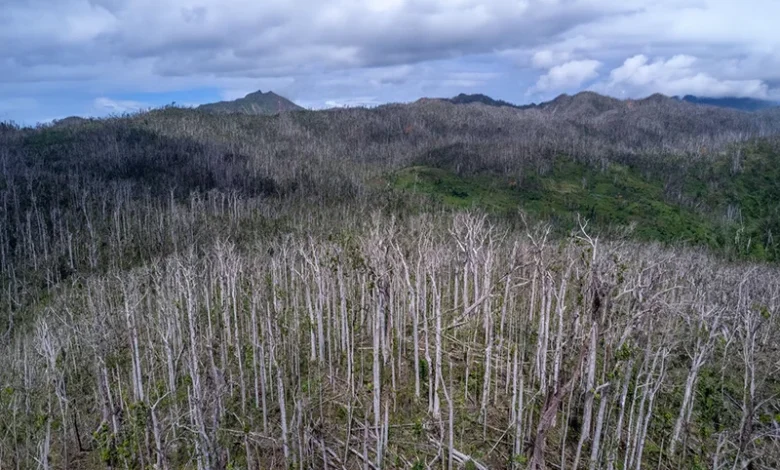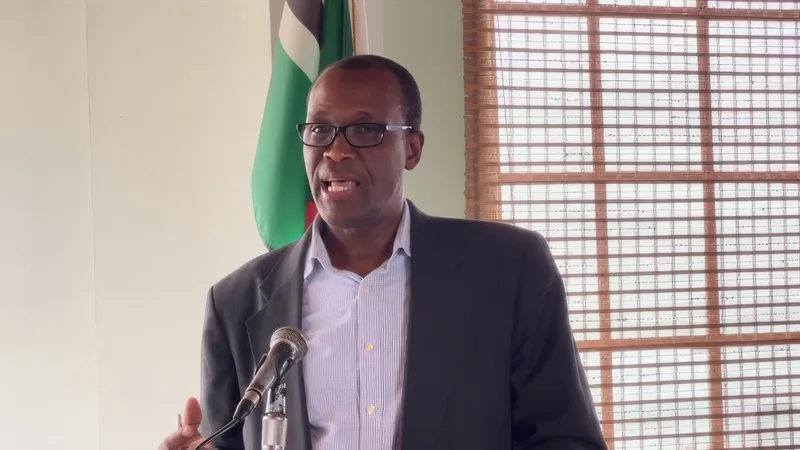Climate Change in Dominica

Climate Change poses significant risks to the island nation of Dominica, with its mountainous and rugged landscape making it vulnerable to natural disasters such as hurricanes, flooding, and landslides. As a small island developing state, Dominica faces ongoing threats from rising sea levels, erratic rainfall patterns, and more frequent, intense storms, with devastating consequences for both its infrastructure and economy. Notably, climate change-induced disasters like Hurricane Maria in 2017 caused damages amounting to 226% of the country’s GDP, underscoring the severity of the challenge.
The Effects of Climate Change on Dominica
Dominica’s climate is increasingly marked by extreme weather patterns, including prolonged droughts and heavier-than-usual rainfall, which lead to destructive flooding and landslides. The island’s coastal regions are particularly vulnerable to rising sea levels and storm surges, threatening human settlements and key infrastructure. These environmental changes, driven by climate change, also impact Dominica’s agriculture and tourism industries, two critical components of its economy.
Mitigation and Adaptation Strategies
Dominica has launched a range of mitigation and adaptation strategies to combat these challenges and reduce the impact of climate change. These include strengthening its disaster resilience infrastructure, introducing sustainable tourism initiatives, and implementing comprehensive environmental policies. Dominica is also part of the Caribbean Community (CARICOM), which collectively addresses climate-related issues impacting small island states.
Future Outlook and Challenges
While Dominica is on a path toward climate resilience, the cost of adaptation is disproportionately high relative to the island’s economic size. Global climate agreements and international financial assistance are essential for ensuring that Dominica can continue to implement its climate change strategies effectively and protect its most vulnerable populations.




